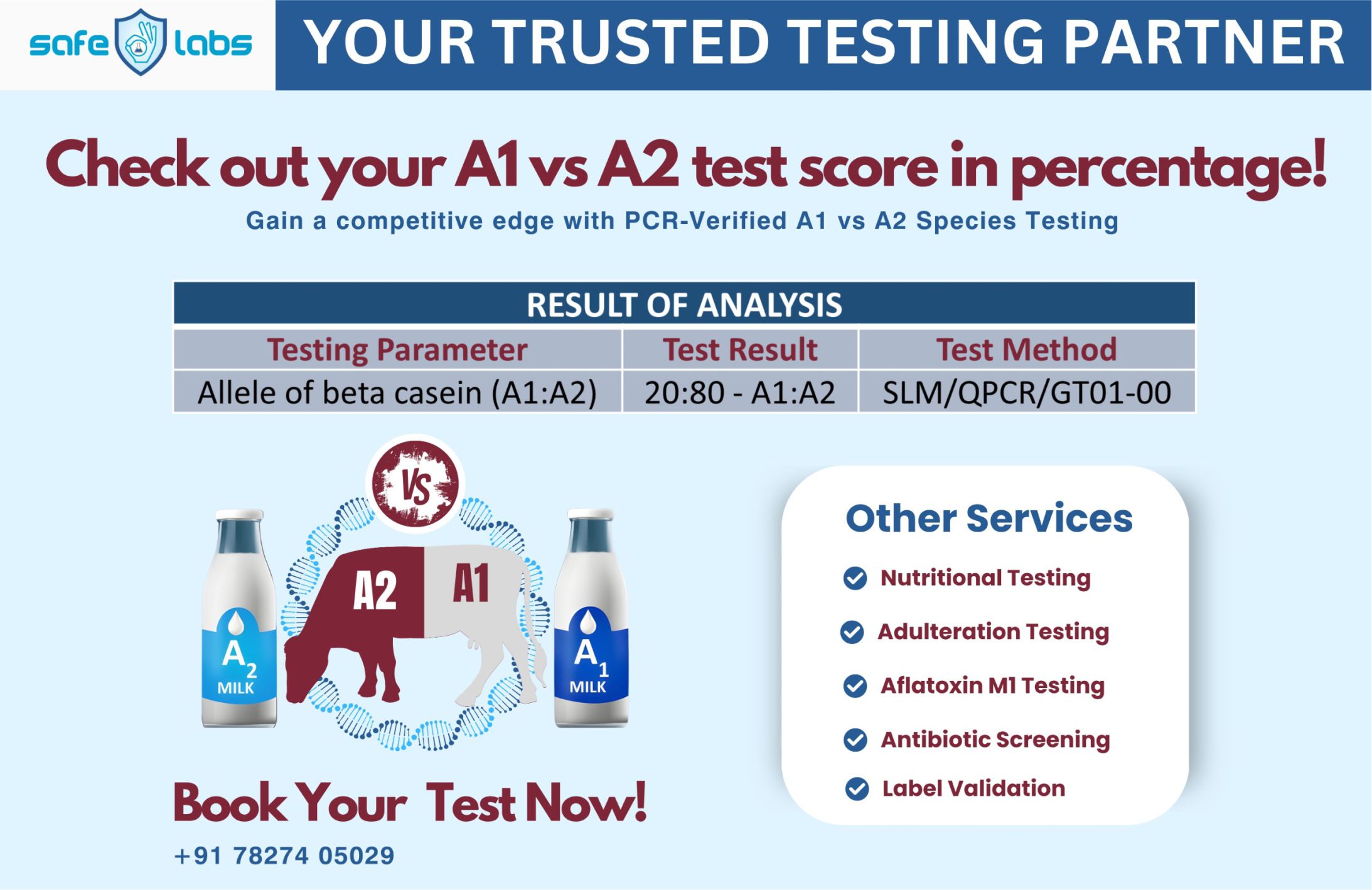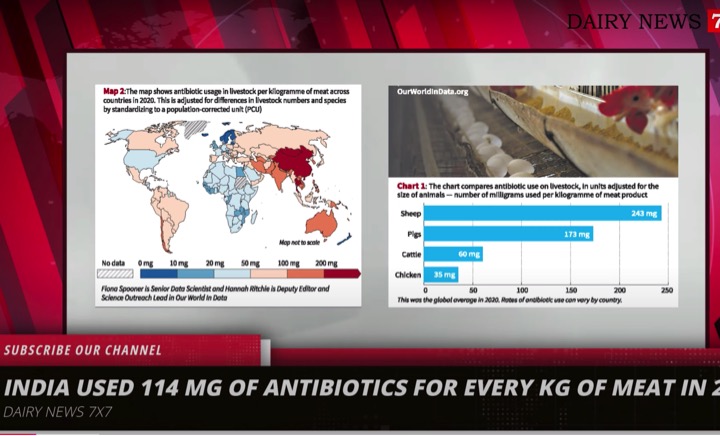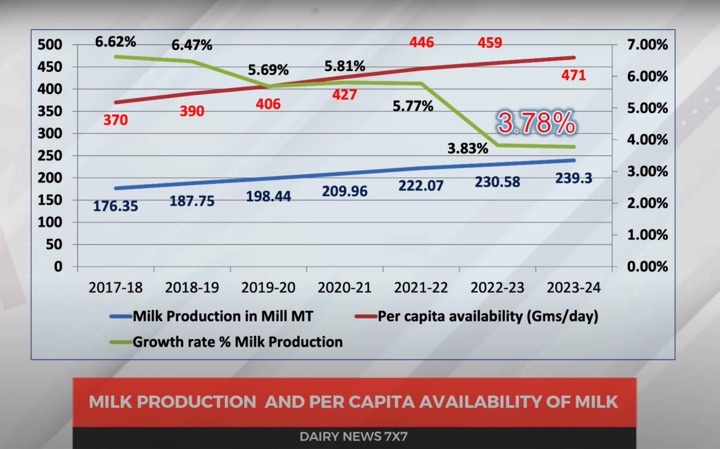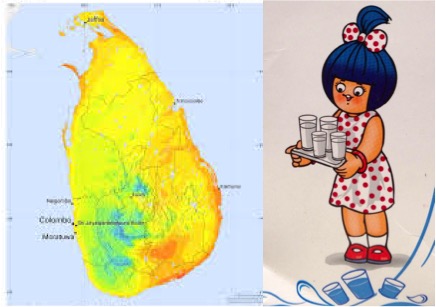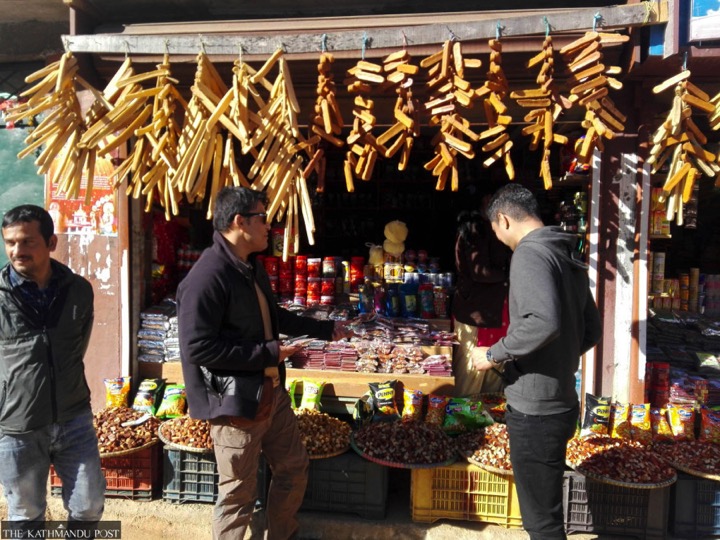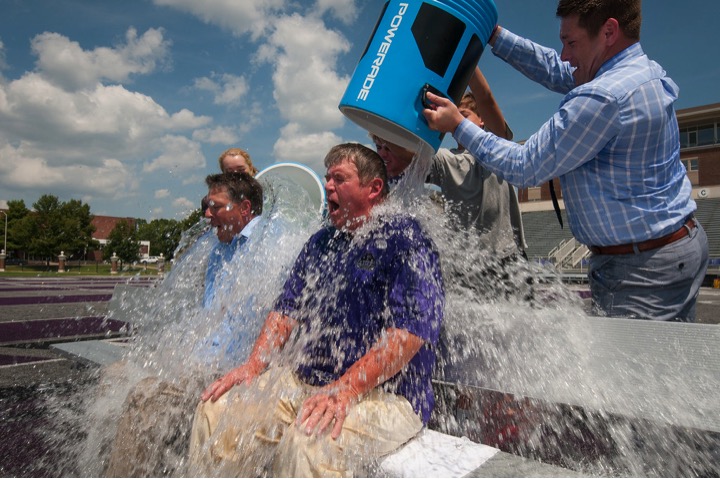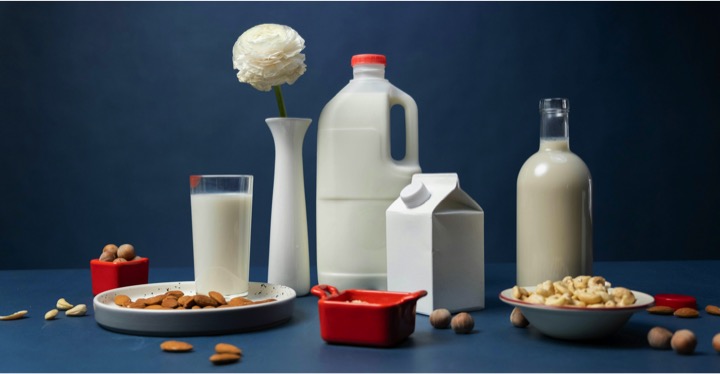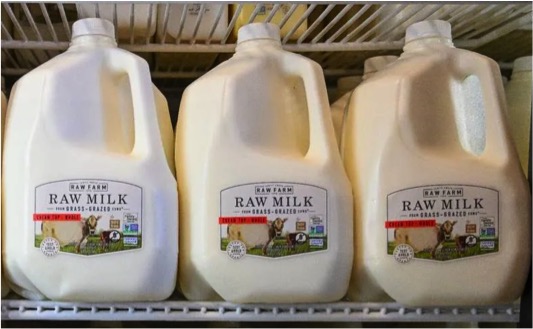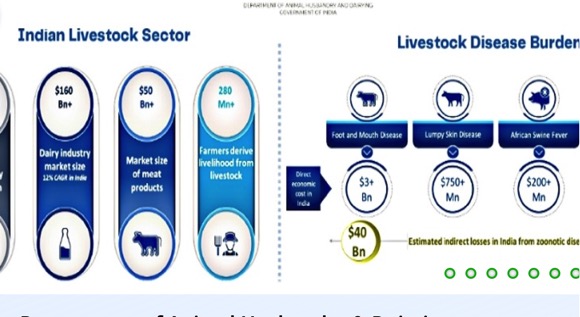Economists with the University of Idaho have been conducting research to help dairy producers meet an industrywide goal of being carbon neutral by 2050. The Innovation Center for U.S. Dairy launched the Net Zero Initiative in 2021.
Idaho Dairymen’s Association coordinated and hosted a focus group comprising a representative sample of Idaho dairies to help the researchers explore perceptions about the initiative and identify the current adoption status of carbon-reduction projects.
Idaho dairy producers are “pretty skeptical,” said Hernan Tejeda, University of Idaho agricultural economist.
Loose ends
They realize folks committed to it at the national level, but they’re skeptical about how it’s going to be measured and if it will involve other greenhouse gases, such as nitric oxide, in addition to methane in the future. Some have taken measures to reduce their emissions and they’re skeptical they’ll be credited for that, he said.
“They don’t think everything has been hammered out fully,” he said.
“In general change is not always something they look forward to if it’s not generated by them,” he said.
Maybe 10 Idaho dairies are participating in markets related to carbon. Some have been in it a few years, and others are just getting into it.
Cow numbers
The discussion is mostly on anaerobic digesters because it provides an income stream from selling renewable gas or electricity in addition to credits. Digesters work for dairies with 4,000 or more cows, he said.
The average herd size in Idaho is 1,700 to 1,800 cows, and a producer would need at least three times that to make a digester profitable under current economic conditions, he said.
Producers can also get credits from “green farming,” using such practices as cover crops and crop rotation. But some buy their feed and aren’t farming, he said.
There are renewable gas markets in California and Oregon, and they’re trying to get off the ground in Washington. At the federal level, energy companies have to use some renewable fuel and they’ve been using ethanol. Renewable gas is coming into that pipeline, he said.
Shifting markets
Another issue for producers is that markets are shifting all the time. In 2022, California markets were paying triple what they’re paying now, he said.
“That also adds to the skepticism of how we’re going to get there,” he said.
Another concern is being locked into a lower-paying contract if prices increase, he said.
Capital is one of the big barriers and any investment has to pencil out. It has to make economic sense, he said.
Older producers who don’t have a succession plan and plan to sell the cows when they retire are mostly not going this route. Younger producers will probably have to, he said.
“In the end, there’s no turning back on this,” he said.





